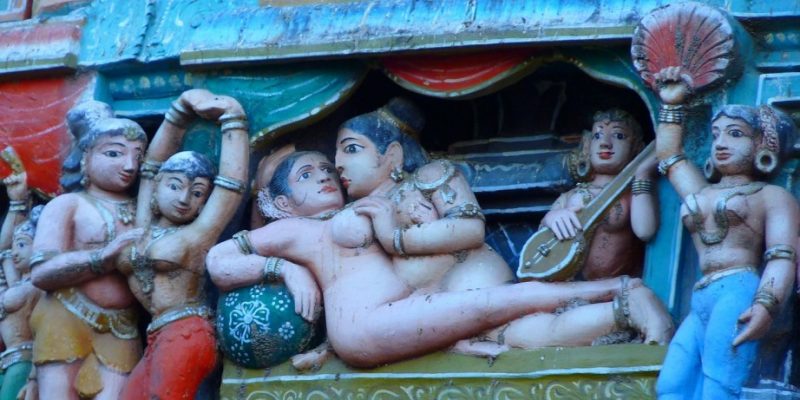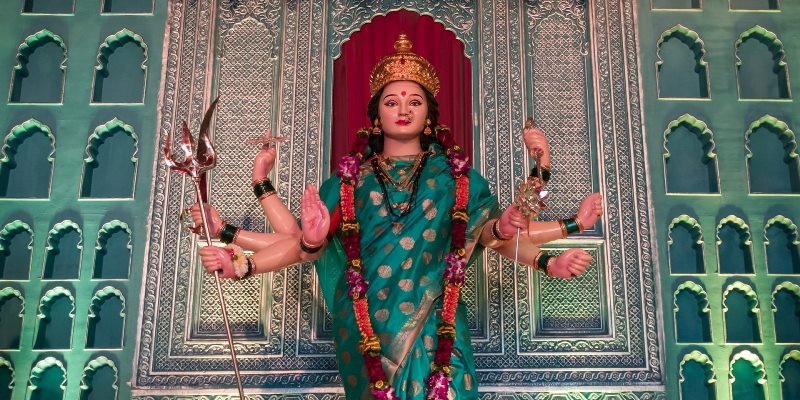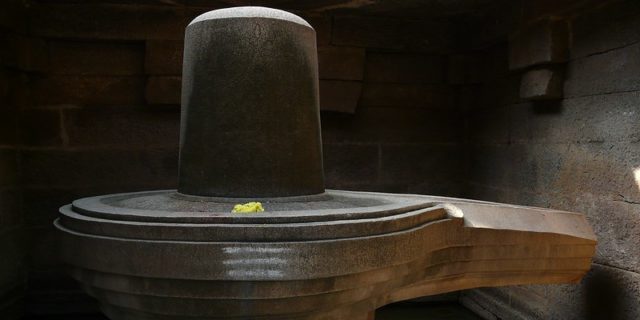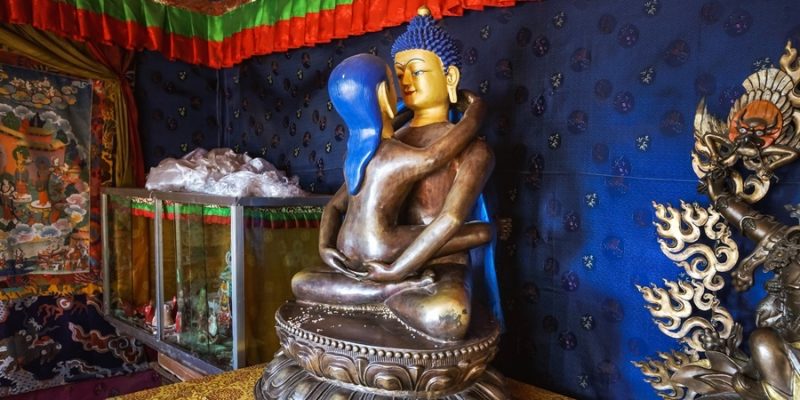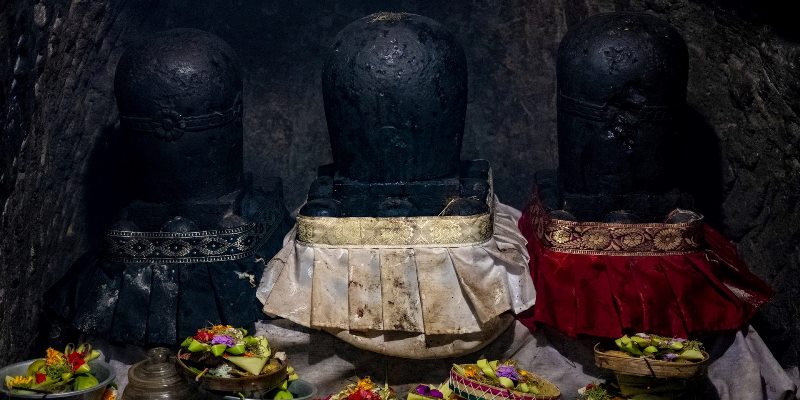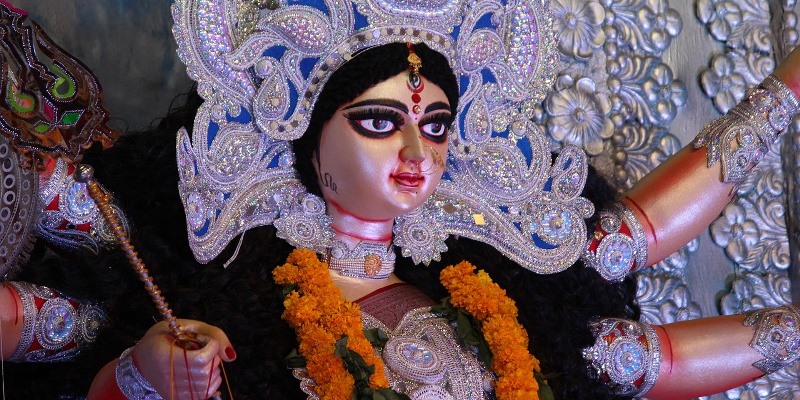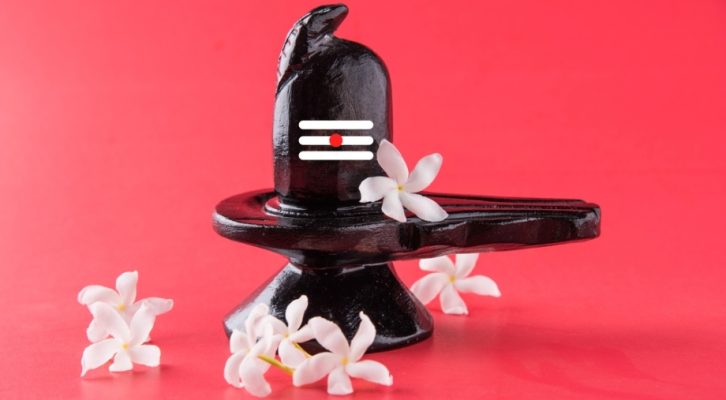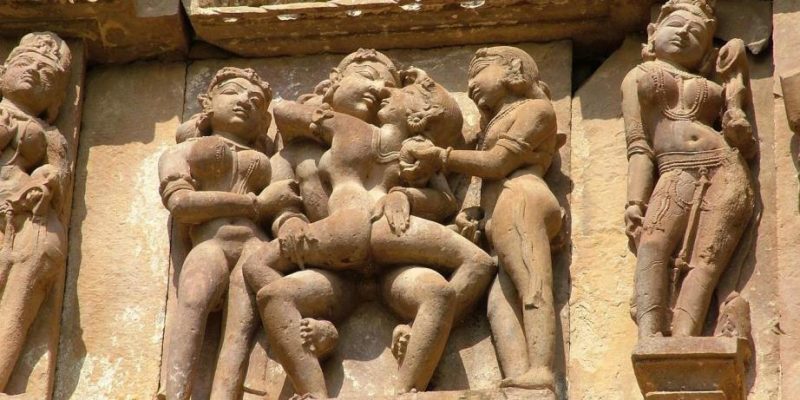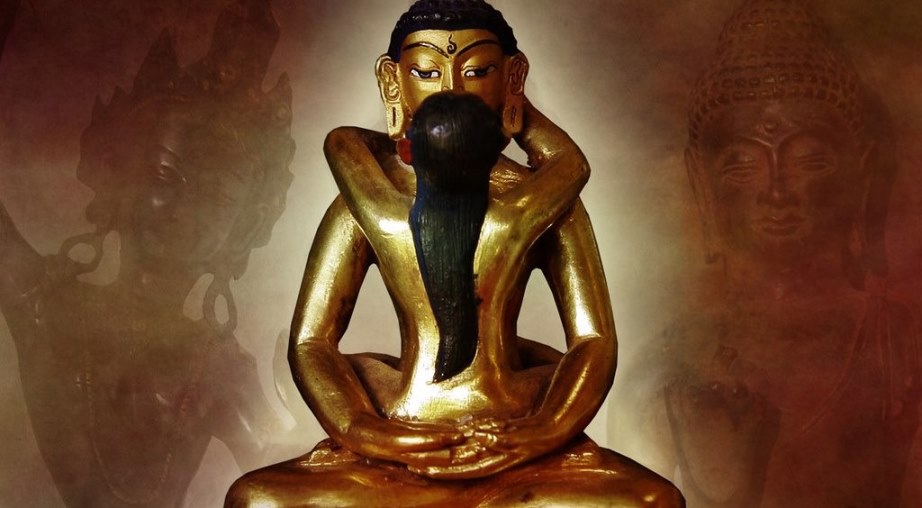
Within Tantra philosophy and practices, you will frequently encounter references to the Hindu deities Shiva and Shakti (the latter sometimes also written as Sakti).
In Hinduism, these two deities usually represent the female (Shakti) and male (Shiva) principles in/of the Universe, and in a broader sense the existence of duality in the materialized, phenomenal Cosmos.
Lord Shiva
The Hindu God Shiva (often referred to as Lord Shiva) is considered the hidden, generative power without form, yet all-pervasive and omnipresent, a representation of existence at the cosmic, universal level. Considered a male energy, it’s typically symbolized by the Lingam icon.
Shiva is related to and rather similar with the Hindu idea of Brahma (who’s also a God and principle alike), which represents the concept of the transcendent and immanent absolute reality, the facilitator, and the supreme universal spirit.
Devi Shakti
Shakti is interpreted as the supreme elemental dynamic cosmic energy, representing power, ability, strength, force, effort, energy, and capability. It’s both a conceptualization and personification of inherent sacred feminine creative power, also referred to as Amma, Devi, “The Mother,” or “The Great Divine Mother.”
This power manifests itself through females as active creativity and fertility, although this energy is also present in males, but in its latent form. Shakti Energy is also strongly associated with Kundalini Energy.
It’s believed that Shakti Energy is the underlying force responsible for creation and change. It’s here where the notion of the Goddess arises, seeing Shakti as being incarnated and embodied in various female Hindu Goddesses or Devis. Shakti is typically iconized as the Yoni symbol.
Divine Union of Shiva and Shakti
Shakti and Shiva are represented as opposite powers — masculine and feminine, or perhaps better — complementary powers — being one part of a whole, in reality forming a sacred unity.
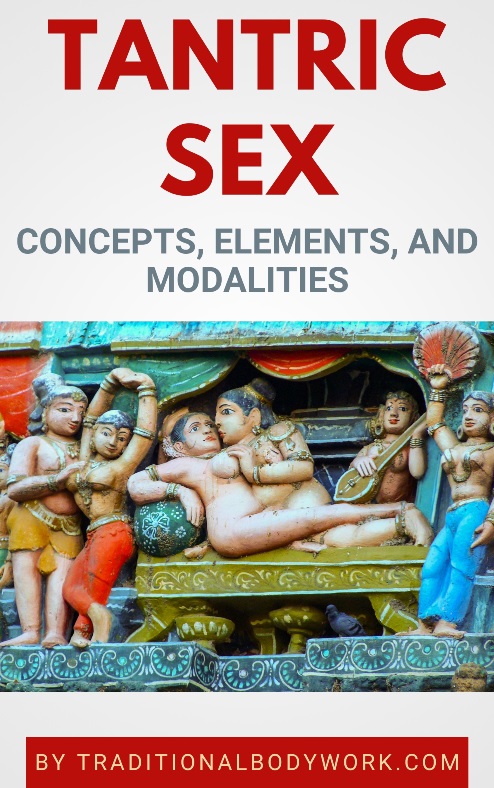
Shakti Energy then is commonly seen as the dynamic, active side of the equation (the doer), and Shiva Energy rather as the passive and receptive part (the silent facilitator), together being two sides of the same coin. Mind that, depending on the spiritual lineage in Hinduism (and Tantra), there are a wide variety of interpretations of what Shakti and Shiva exactly mean, alongside their different places in the hierarchy of Gods and Goddesses.
In India, you can relatively easily find depictions, paintings, and sculptures in shrines and temples that will show the Shiva and Shakti deities entangled in a variety of (sex) positions and poses, which is thought to symbolize the “dance” to sacred oneness.
In any case, Tantra is much occupied with establishing this union between Shiva and Shakti energies, that is, annihilating or transcending its apparent duality into a non-dual “experience.” This, however, is not really an experience in the ordinary sense, because an experience needs an experiencer (a subject) and the experienced (an object), and as such it would be again a phenomenon in duality.
In Tantric traditions, it’s generally believed that the internalized, spiritual union of Shiva and Shakti — which is possible through practicing the full gamut of Tantric activities — is the ultimate goal of a human being, leading to divine bliss, wholeness and harmony, real happiness, self-knowledge and self-realization, say — Spiritual Enlightenment.







